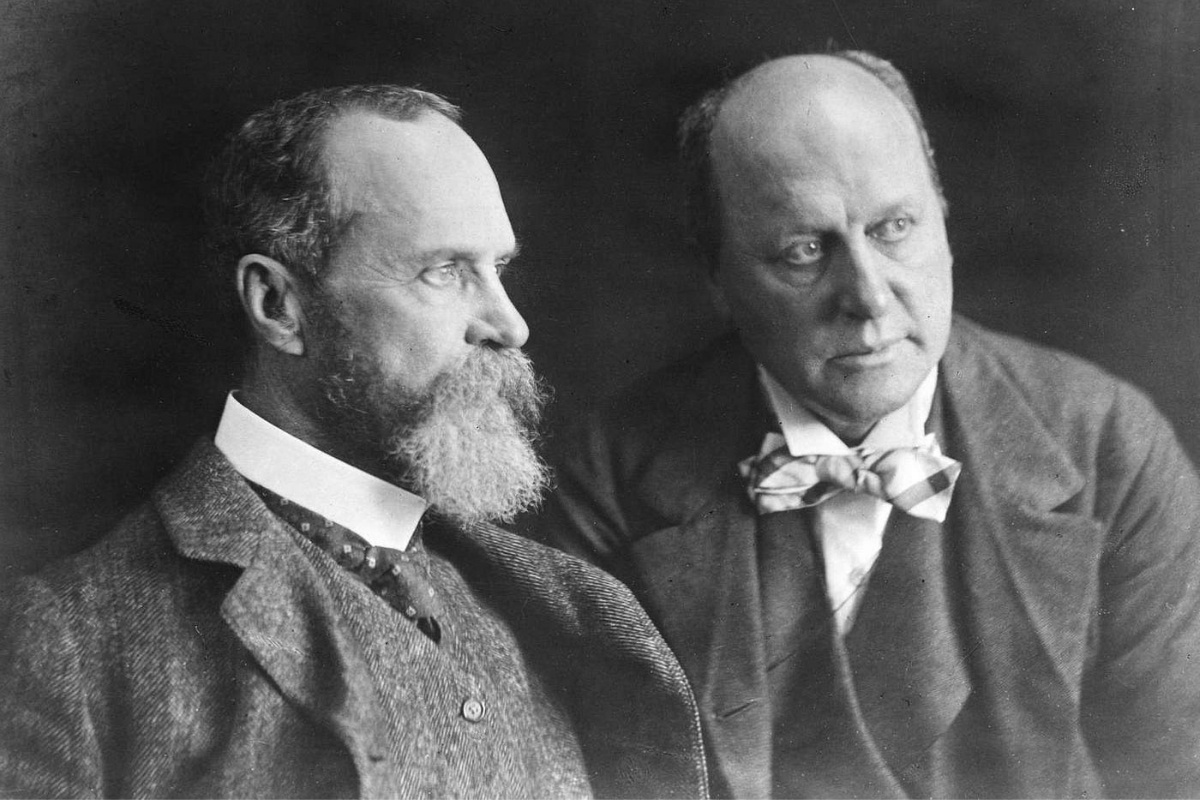
What is Correspondence Theory? At its core, Correspondence Theory is a concept in philosophy that states truth corresponds to reality. This means a statement is true if it matches the way things actually are. Imagine saying, "The sky is blue." According to this theory, that statement is true if, indeed, the sky is blue. Philosophers like Aristotle and Bertrand Russell have discussed this idea extensively. It's a simple yet powerful way to understand truth. This theory helps us navigate through facts and fiction in our daily lives, making it easier to determine what’s real and what’s not.
What is Correspondence Theory?
Correspondence theory is a concept in philosophy that suggests truth is determined by how accurately it reflects reality. This theory has been a cornerstone in understanding truth and knowledge.
- Origin: Correspondence theory dates back to ancient Greek philosophers like Plato and Aristotle.
- Basic Idea: It posits that statements are true if they correspond to facts or events in the real world.
- Plato's Influence: Plato believed that truth is an accurate reflection of the eternal forms or ideas.
- Aristotle's View: Aristotle argued that truth is saying what is as it is and what is not as it is not.
Historical Development
Over centuries, correspondence theory has evolved, influenced by various thinkers and philosophical movements.
- Medieval Philosophy: Medieval scholars like Thomas Aquinas expanded on Aristotle's ideas, integrating them with Christian theology.
- Modern Philosophy: In the modern era, philosophers like John Locke and Bertrand Russell further developed the theory.
- Logical Positivism: In the 20th century, logical positivists emphasized the importance of empirical verification in establishing truth.
- Criticism: Critics argue that correspondence theory oversimplifies the complex nature of truth and reality.
Key Components
Understanding the core elements of correspondence theory helps in grasping its application and implications.
- Propositions: Statements or assertions that can be true or false.
- Facts: Actual states of affairs in the world.
- Correspondence: The relationship between propositions and facts.
- Verification: The process of determining whether a proposition corresponds to a fact.
Applications in Science and Everyday Life
Correspondence theory isn't just a philosophical concept; it has practical applications in various fields.
- Scientific Method: Scientists use correspondence theory to test hypotheses against empirical data.
- Journalism: Journalists aim to report facts accurately, reflecting the correspondence theory of truth.
- Legal System: Courts rely on evidence to establish facts and determine the truth of statements.
- Education: Teachers use correspondence theory to ensure that information taught is accurate and factual.
Challenges and Criticisms
Despite its widespread acceptance, correspondence theory faces several challenges and criticisms.
- Subjectivity: Critics argue that perception and interpretation can affect what is considered a fact.
- Complexity of Facts: Some facts are complex and multifaceted, making simple correspondence difficult.
- Alternative Theories: Competing theories like coherence theory and pragmatic theory offer different perspectives on truth.
- Philosophical Debates: Ongoing debates question the adequacy of correspondence theory in explaining all aspects of truth.
Notable Philosophers
Several philosophers have made significant contributions to correspondence theory.
- Bertrand Russell: Advocated for a scientific approach to truth and knowledge.
- G.E. Moore: Emphasized common sense and ordinary language in understanding truth.
- Alfred Tarski: Developed a formalized version of correspondence theory in the context of mathematical logic.
- Ludwig Wittgenstein: Explored the relationship between language, thought, and reality.
Modern Perspectives
In contemporary philosophy, correspondence theory continues to be relevant, though it has been adapted and refined.
- Realism: Many realists support correspondence theory, arguing that truth is objective and independent of human beliefs.
- Postmodernism: Postmodernists challenge the idea of objective truth, emphasizing the role of power and language in shaping reality.
- Constructivism: Suggests that truth is constructed by social processes and interactions.
- Hybrid Theories: Some philosophers propose hybrid theories that combine elements of correspondence, coherence, and pragmatic theories.
Practical Implications
The practical implications of correspondence theory extend beyond philosophy into everyday decision-making and problem-solving.
- Critical Thinking: Encourages individuals to seek evidence and verify claims before accepting them as true.
- Communication: Promotes clear and accurate communication, reducing misunderstandings and misinformation.
- Ethics: Supports ethical behavior by emphasizing honesty and integrity in representing facts.
- Decision-Making: Helps in making informed decisions based on accurate and reliable information.
Final Thoughts on Correspondence Theory
Correspondence theory is all about matching our beliefs with reality. It’s a simple yet powerful idea that helps us understand truth. Whether it’s in science, history, or everyday life, this theory guides us to check facts and ensure our ideas align with the world around us. By focusing on evidence and reality, we can avoid misunderstandings and make better decisions. This approach is crucial in a world full of information, helping us sift through what's true and what's not. Remember, truth matters. It shapes our understanding, actions, and ultimately, our lives. So, next time you come across a fact or claim, think about correspondence theory. Ask yourself, "Does this match reality?" It’s a small step that can make a big difference. Keep seeking the truth and let it guide you.
Was this page helpful?
Our commitment to delivering trustworthy and engaging content is at the heart of what we do. Each fact on our site is contributed by real users like you, bringing a wealth of diverse insights and information. To ensure the highest standards of accuracy and reliability, our dedicated editors meticulously review each submission. This process guarantees that the facts we share are not only fascinating but also credible. Trust in our commitment to quality and authenticity as you explore and learn with us.
